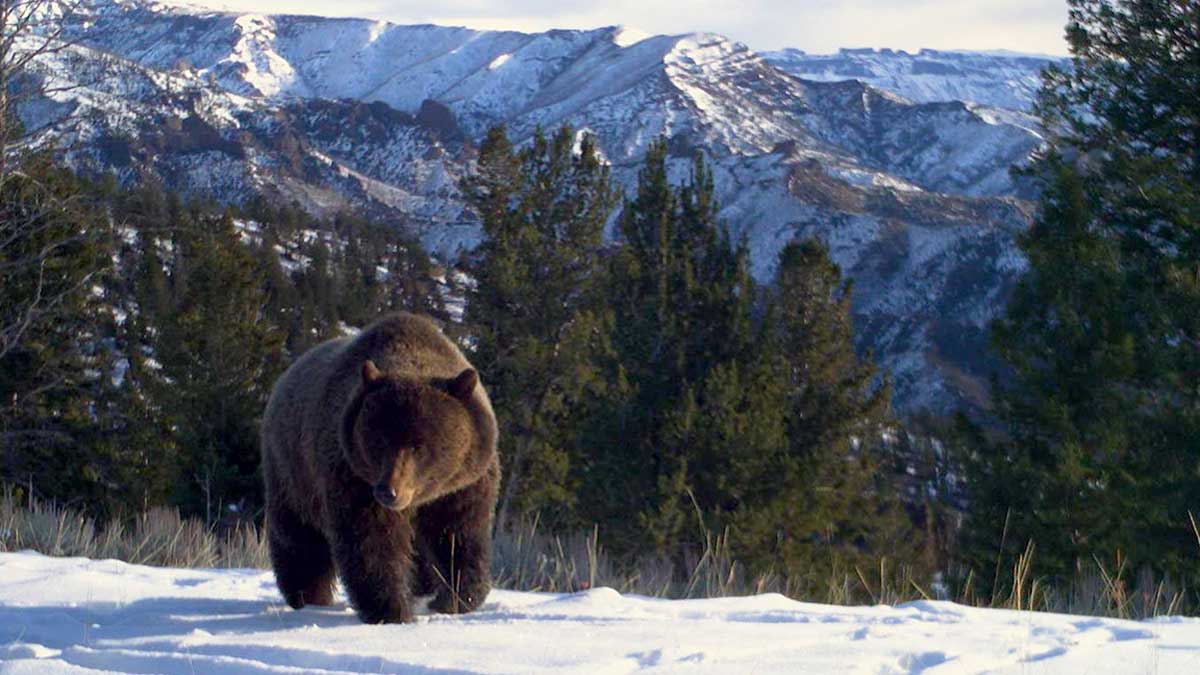The federal government recently announced its intention to decide whether the grizzly bear populations in northwest Montana’s Northern Continental Divide Ecosystem (NCDE) and the Greater Yellowstone Ecosystem (GYE) should be delisted.
“We find that the petitions pertaining to the two ecosystems present substantial scientific or commercial information indicating that the petitioned actions may be warranted,” the U.S. Fish and Wildlife Service (FWS) said in the Federal Register.
The primary reason for delisting the GYE population is recognition that the criteria included in the FWS GYE grizzly bear recovery plans of 1982, 1993 and 2007 have been met. Demographic Recovery Criterion 1 (1982) required a minimum population of at least 500 grizzly bears. That was met in 2002 and as of 2021, that population grew to 1,069 bears. There are also more than 1,100 grizzlies in the NCDE.
“Based on the status review, we will issue a 12-month petition finding, which will address whether or not the petitioned actions are warranted, in accordance with the Act,” according to the FWS. “If we ultimately do find that one or more of the petitioned actions is warranted and proceed to propose to delist one or more distinct population segments, we will consider the effects of any proposed delisting on the ongoing recovery of the larger listed entity of grizzly bears.”
FWS rejected a petition from Idaho to lift federal protections outside of those two areas.
The Rocky Mountain Elk Foundation has long advocated for state management of grizzly bears, which is in line with RMEF’s support of the North American Model of Wildlife Conservation, under which state management of wildlife, along with the financial contributions from hunters, dramatically increased wildlife populations across the United States over the last 100 years.
(Photo credit: Wyoming Game and Fish Department)
